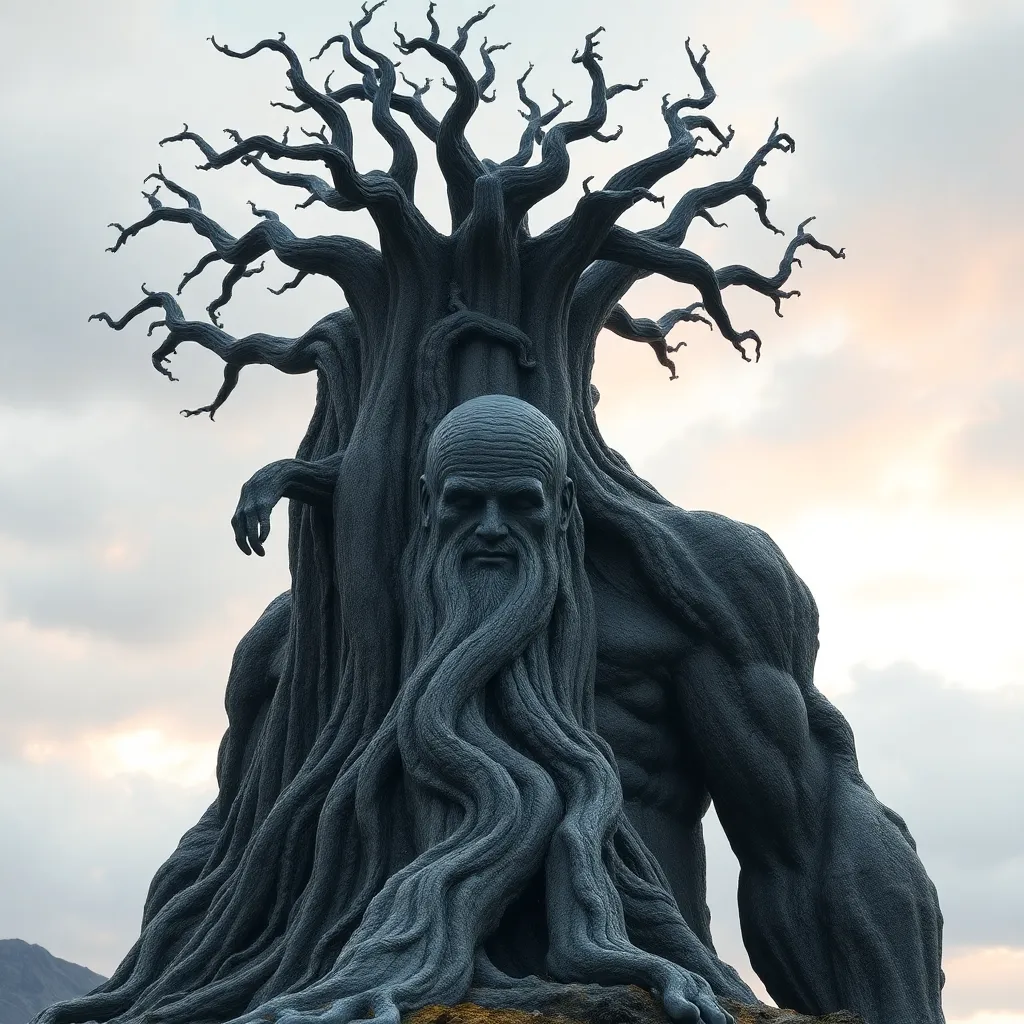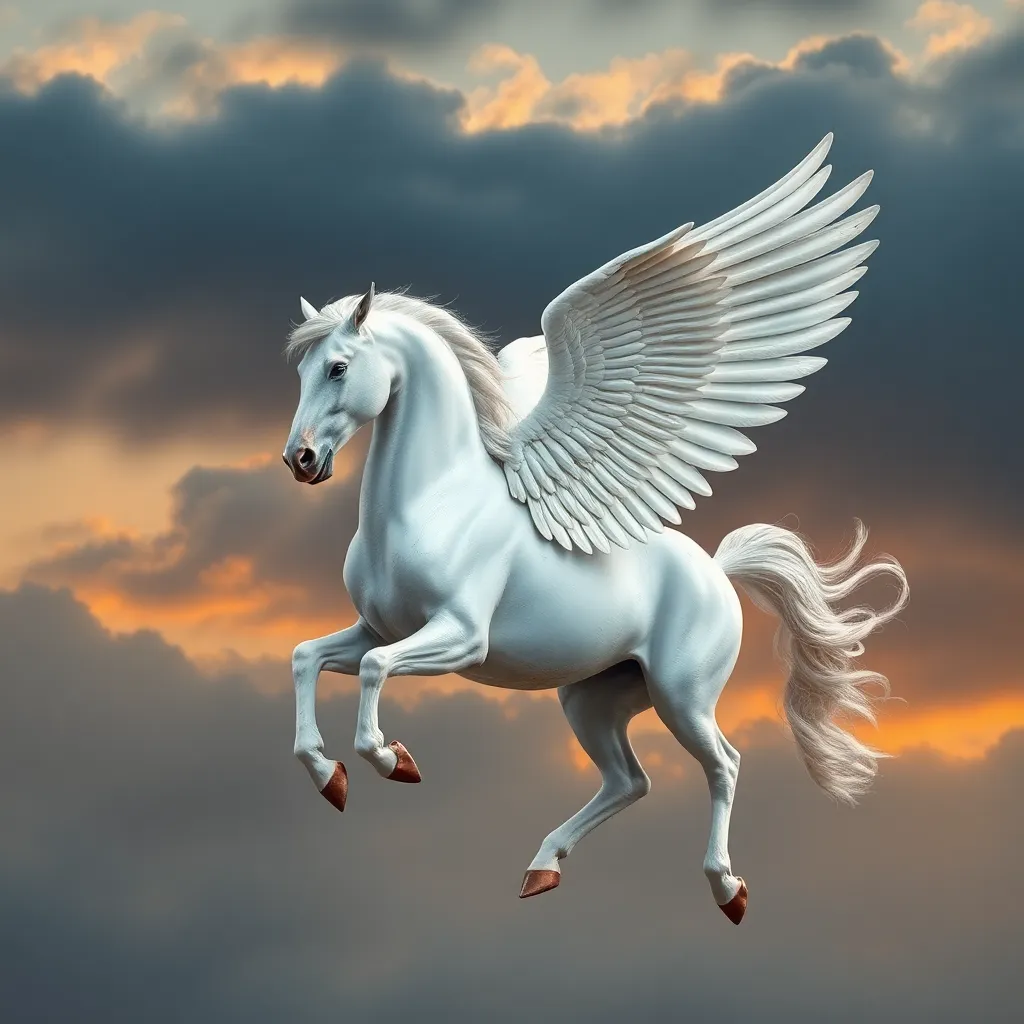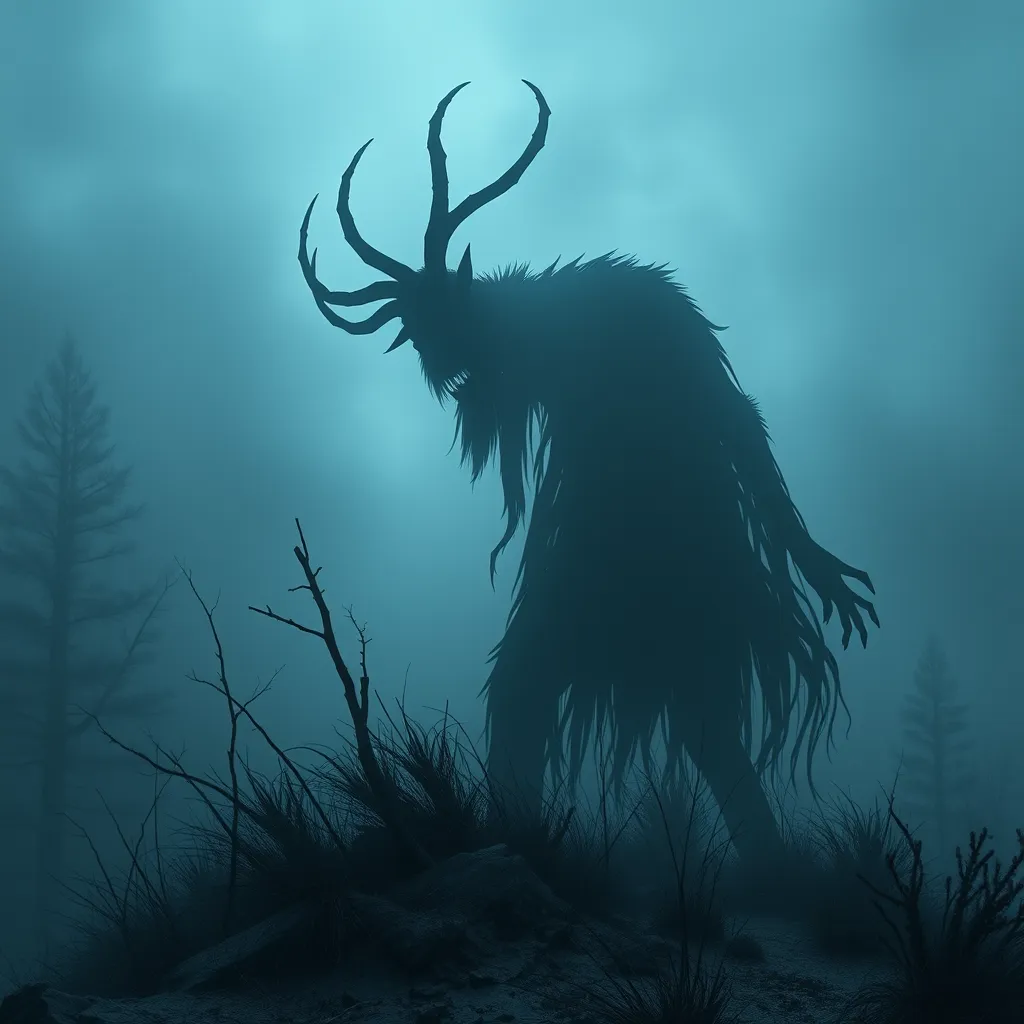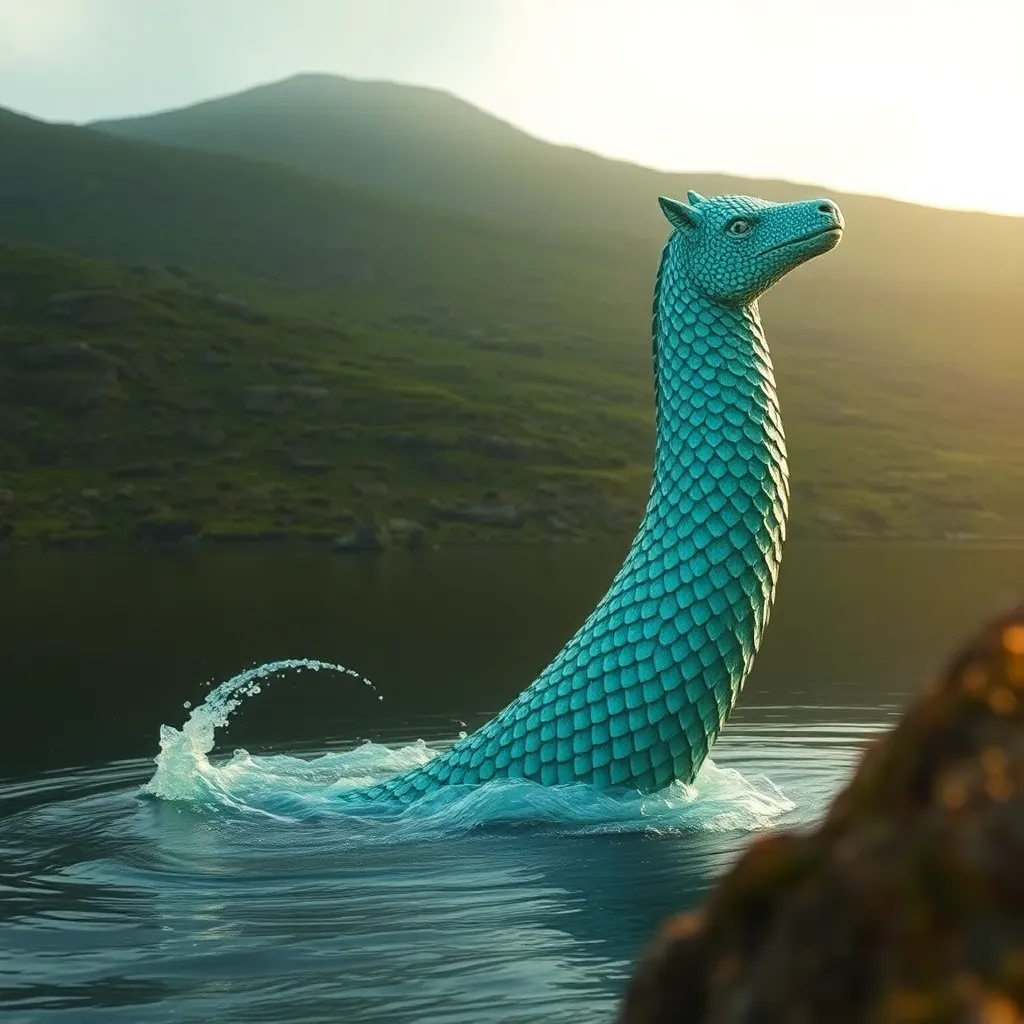The Cyclops and the World Tree: Exploring the Role of the One-Eyed Giant in Norse Cosmology
I. Introduction
Norse cosmology is a complex and fascinating system of beliefs that offers insight into the ancient Scandinavian worldview. Central to this cosmology are various mythical beings and entities that embody the values and fears of the Norse people. Among these figures is the Cyclops, a one-eyed giant who emerges from a blend of mythological influences, both from Norse and Greek traditions. This article aims to explore the role of the Cyclops within Norse cosmology, particularly in relation to Yggdrasil, the World Tree, and how these archetypes reflect deeper themes of chaos and creation.
II. The Origins of the Cyclops in Mythology
The Cyclops, most notably recognized from Greek mythology as a race of one-eyed giants, has its roots in ancient tales that have evolved over time. The Greek Cyclopes, such as Polyphemus, are characterized by their brute strength and simplistic nature, often depicted as fierce adversaries to heroes. In contrast, Norse representations of similar giants may vary, reflecting different cultural values and narratives.
- Greek versus Norse representations: While Greek Cyclopes are often portrayed as solitary figures, Norse mythology may incorporate one-eyed giants into larger narratives, sometimes aligning them with gods or other mythic creatures.
- Historical context of Cyclops legends: The Cyclops myth likely draws on the human fascination with giants and their symbolic representation of natural forces.
- Evolution of the one-eyed giant archetype: Across cultures, the one-eyed giant serves various roles, from adversary to guardian, reflecting the duality of chaos and order.
III. The World Tree: Yggdrasil and Its Significance
Yggdrasil is perhaps the most important symbol in Norse cosmology, representing the interconnectedness of all realms. This immense ash tree stands at the center of the universe, connecting the Nine Realms of Norse mythology.
- Description and symbolism of Yggdrasil: Yggdrasil is often described as a massive tree with branches that reach into the heavens and roots that delve into various realms, embodying life, growth, and the cyclical nature of existence.
- The Nine Realms connected by the World Tree: These realms include Asgard, Midgard, and Hel, among others, each with its own unique characteristics and inhabitants.
- The role of Yggdrasil in Norse cosmology: Yggdrasil serves as a central hub for the gods, giants, and other beings, illustrating the interconnectedness of all life and the ongoing balance between chaos and order.
IV. The Cyclops as a Symbol of Chaos and Creation
In Norse mythology, the Cyclops can be interpreted as a symbol of both chaos and creation. This duality mirrors the complexities of the cosmos itself, where destruction often leads to new beginnings.
- Interpretation of the Cyclops in the context of creation myths: The Cyclops often embodies the primal forces of nature, representing the untamed aspects of existence that challenge order.
- The duality of chaos and order in Norse beliefs: In Norse thought, creation is frequently accompanied by chaos, as seen in the stories of Ragnarok, where the end leads to rebirth.
- Connections between Cyclops and the elemental forces: The Cyclops can symbolize elemental chaos, representing the raw power of earth and nature that both creates and destroys.
V. The Relationship Between the Cyclops and Yggdrasil
The connection between the Cyclops and Yggdrasil reveals deeper narratives about guardianship, destruction, and the balance of forces in the universe.
- Mythical narratives linking the Cyclops to the World Tree: Some tales suggest that the Cyclops may act as a guardian of Yggdrasil, protecting it from external threats.
- The Cyclops as a guardian or destroyer of Yggdrasil: This role reflects the tension between nurturing life and the potential for destruction inherent in chaos.
- Symbolic meanings of this relationship: The relationship underscores the importance of balance; the Cyclops represents the chaotic forces that must be kept in check to maintain harmony within the cosmos.
VI. Comparative Analysis: The Cyclops in Other Mythologies
When examining the Cyclops in the context of other mythologies, we find similar figures that often embody analogous themes.
- Similar figures in Greek, Roman, and other mythologies: Cyclopes in Greek mythology, such as Polyphemus, and figures in other cultures often share traits of strength and simplicity.
- Common themes and archetypes across cultures: Giants often symbolize the untamed forces of nature and the struggle between civilization and chaos.
- How these comparisons enrich the understanding of Norse myths: By exploring these connections, we can better understand how cultures interpret similar themes through their unique lenses.
VII. The Legacy of the Cyclops in Modern Culture
The Cyclops continues to captivate the imagination, permeating contemporary literature, art, and media.
- Influence on contemporary literature and art: Modern authors often draw on the Cyclops myth to explore themes of isolation and strength.
- Representation in popular media (films, games, etc.): From films like “The Odyssey” to video games featuring giant creatures, the Cyclops remains a prominent figure in storytelling.
- The ongoing fascination with giants and mythological creatures: The allure of these powerful beings speaks to humanity’s enduring curiosity about the unknown and the primal forces of nature.
VIII. Conclusion
In exploring the role of the Cyclops within Norse cosmology, we see a rich tapestry of themes that highlight the interplay between chaos and order. The Cyclops serves as a reminder of the primal forces that shape existence, while Yggdrasil stands as a symbol of interconnectedness and balance. Understanding these mythological figures allows us to reflect on the cultural narratives that inform our understanding of the world and ourselves.



